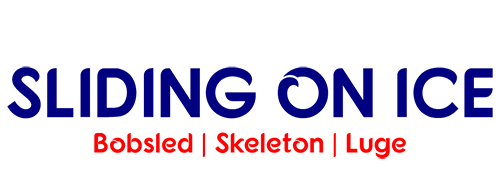From Pyeongchang, KOR
Feb 17, 2018 – Seemingly ever bobsled track in the world has a spot on it which causes trouble for most everyone at some point or another. In St. Moritz, if you don’t nail it through Horseshoe you’ll be in trouble. In Altenberg, you’d better be pulling down out of Kreisel when you see the orange flag. In Whistler, Steven Holcomb didn’t call it 50/50 for nothing.
So that brings us to the Alpensia Sliding Center. While Curve 9 has gotten most of the attention through luge, a seemingly more innocuous curve is stealing the show during parts of skeleton and most of skeleton and bobsled.
Curve 2 is a left hand curve at the top of the track that at first glance seems simple enough. However, it’s been a handful for the bulk of bobsled pilots in official training.
“It’s a different curve than anywhere else in the world,” said American pilot Codie Bascue. “It doesn’t help you get around it, but you don’t want to steer out too hard.”
One of the main issues the sliders are running into is where exactly to begin steering through the corner. The curve is a relatively flat one (in that it’s not as concaved as other curves) so sliders aren’t getting quite the amount of pressure you’d normally feel in a turn. That feel is where sliders usually get their cues to steer.
The trick, according to British Olympic bronze medalist and current BBC commentator John Jackson, is turning earlier than you feel you should.
“It’s very unnatural,” Jackson said of the corner. “It’s a very technical corner and you have to really turn early and then let it go.”
If a slider steers too late in the corner, they’ll be too high through it. If they steer too early, they won’t have any momentum out of it. And with either option, there’s a good chance it will ruin their entry into Curve 3 and set you well behind going into the rest of the course.
Canadian Chris Spring summed up most everyone’s feelings in training.
“I’m having a few problems with Curve 2, if I can get through there then I should be pretty confident for the rest of it.”

